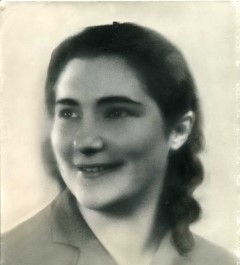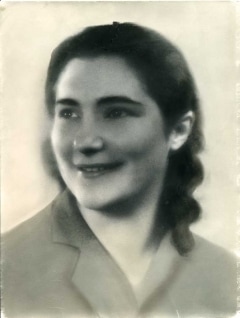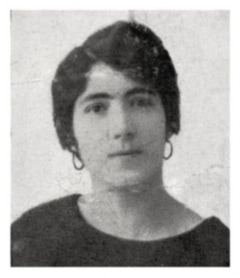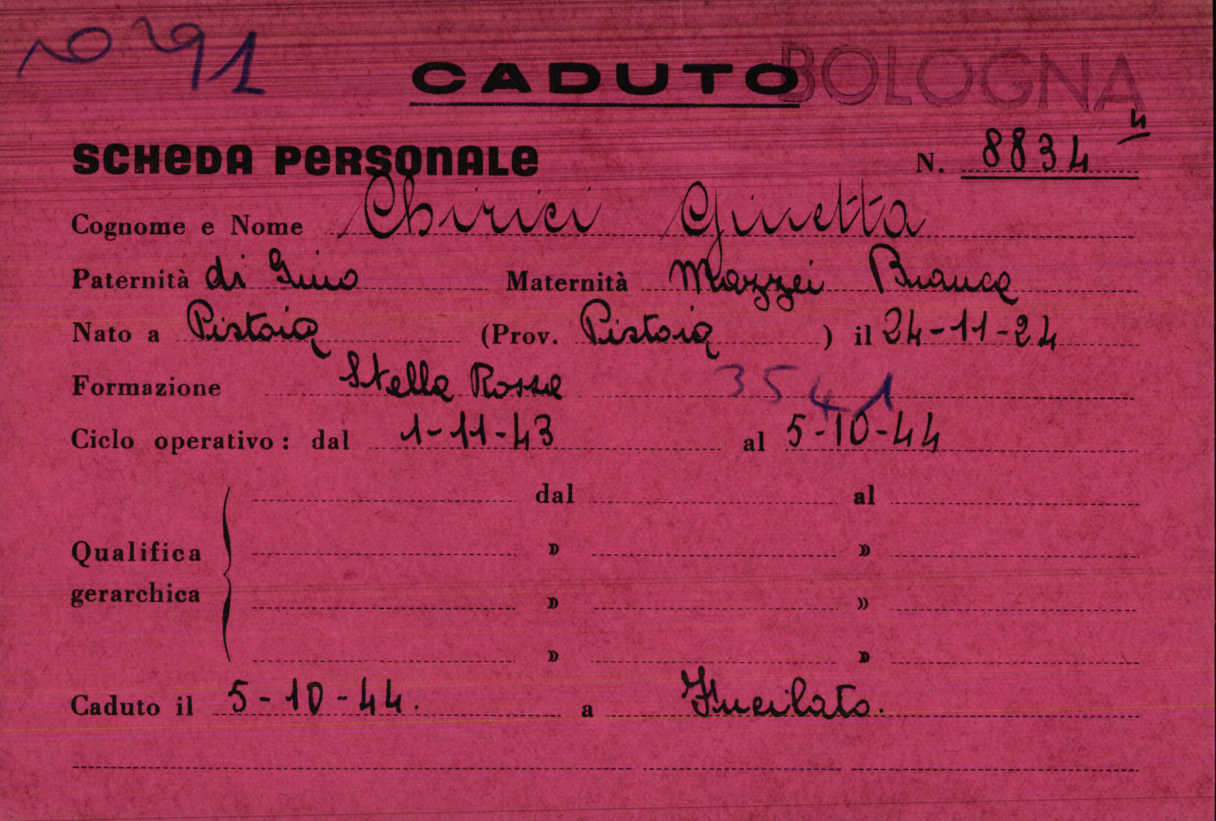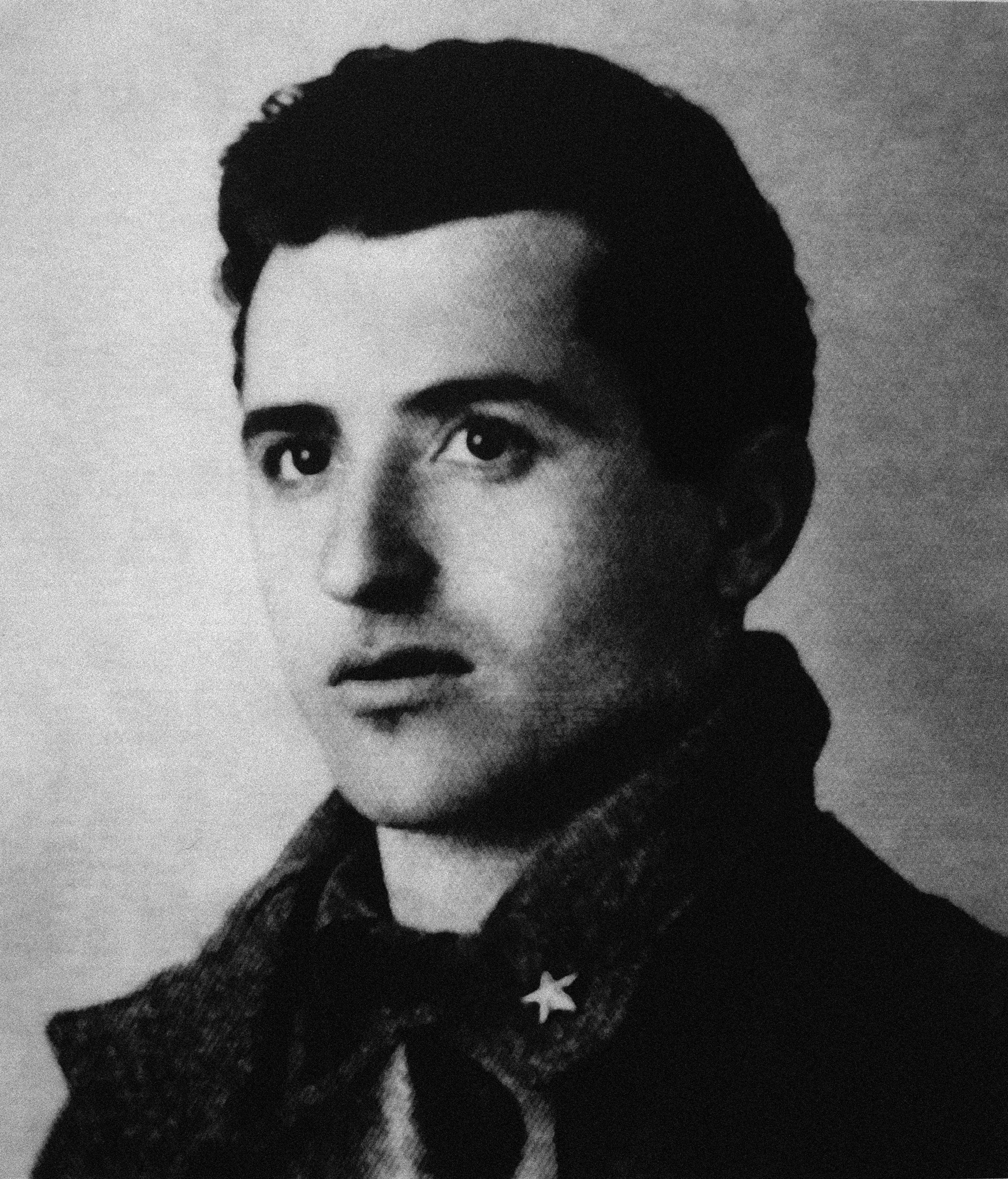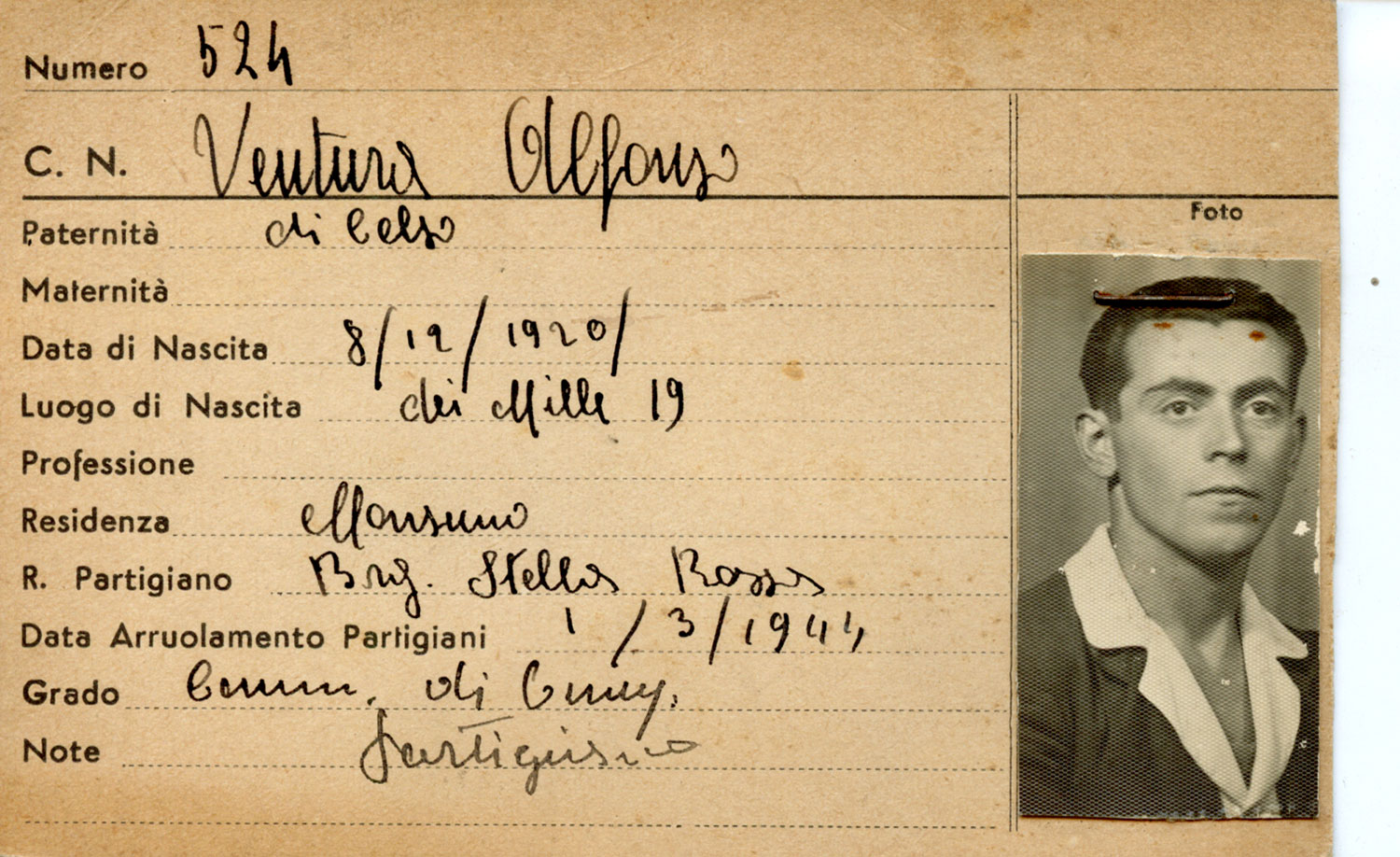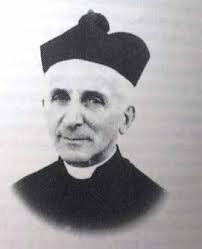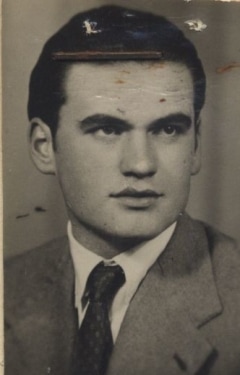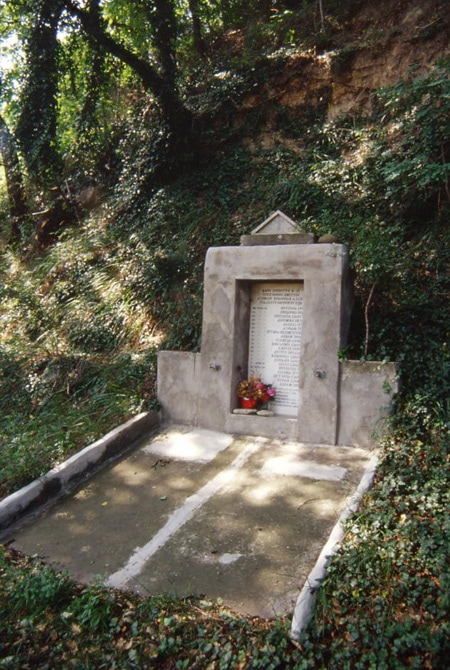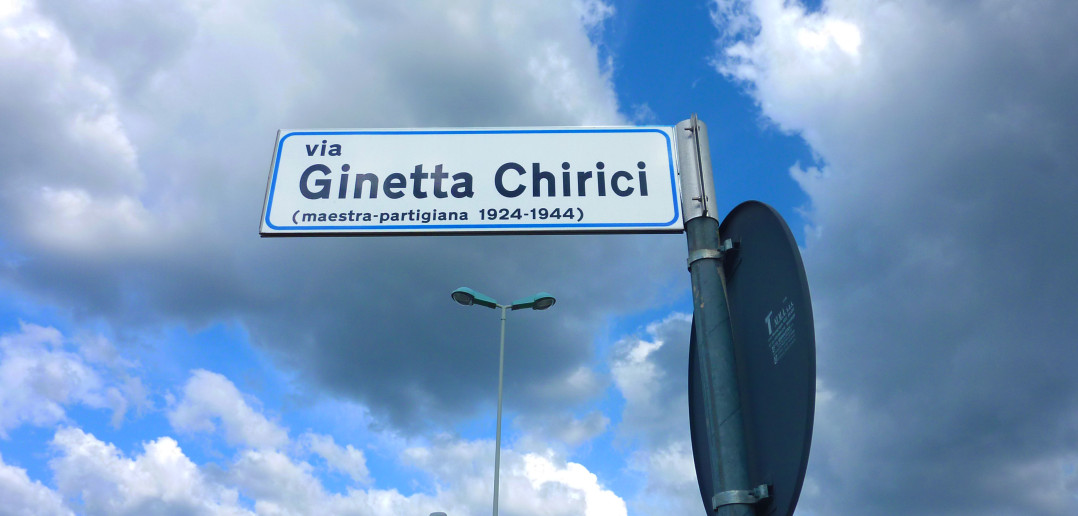Archives
Archivio Centrale dello Stato, RICOMPART, Commissione Emilia Romagna, fascicolo Ginetta Chirici.
Archivio Centrale dello Stato, RICOMPART, Commissione Emilia Romagna, fascicolo Renato Chirici.
Archivio Centrale dello Stato, RICOMPART, Commissione Emilia Romagna, fascicolo Iole Pasquali.
Archivio Centrale dello Stato, RICOMPART, Commissione Emilia Romagna, fascicolo Ivonne Poggi.
Archivio del Liceo Laura Bassi, Registri Corso A, AS 1940-1943.
Archivio per le onoranze ai Caduti di Marzabotto, Fondo Centro documentazione, Serie Brigata Stella Rossa, b.1, Fasc. Ginetta Chirici.
Archivio per le onoranze ai Caduti di Marzabotto, Fondo Comitato Regionale per le Onoranze ai Caduti di Marzabotto, Serie sulle Ricerche sulle vittime delle stragi nazifasciste e caduti di guerra, b.1, fasc. individuale Ginetta Chirici.
Bibliography
Luigi Arbizzani, Prima degli “Unni” a Marzabotto, Monzuno, Grizzana, Grafis, Bologna 1995.
Comitato Regionale per le onoranze ai Caduti di Marzabotto, Marzabotto: quanti, chi e dove. I caduti e le vittime delle stragi nazifasciste a Monzuno, Grizzana e Marzabotto e i caduti per cause varie di guerra, Sasso Marconi, tip. Zampighi, 2008, 3a ed.
Luca Baldissara, Paolo Pezzino, Il massacro. Guerra ai civili a Monte Sole, Il Mulino, Bologna 2009.
Luciano Bergonzini (a cura di), La Resistenza a Bologna: testimonianze e documenti, vol. III, Istituto per la storia di Bologna, Bologna 1970.
Renato Giorgi, Marzabotto parla, Franco Cosimo Panini, Modena 2007.
Giampietro Lippi, La Stella Rossa a Monte Sole, Ponte Nuovo, Bologna 1989.
Beatrice Magni (a cura di), Lotta di liberazione ed eccidi nazifascisti sull’altopiano di Monte Sole: Saggi e documenti su Marzabotto, Monzuno e Grizzana, in «Montesole. Periodico di informazione e cultura», V, 2000.
Nazario Sauro Onofri, Marzabotto non dimentica Walter Reder, Grafica Lavino, Bologna 1985.
Audiovisual
Alma Mater Studiorum Universita di Bologna. Archivio Storico. Ginetta Chrici
Atlante delle Stragi Naziste e Fasciste in Italia. Monte Sole (scheda generale)
NOI Partigiani. Memoriale della Resistenza Italiana
Spazio Stella Rossa. Centro per la Promozione della Memoria Attiva

